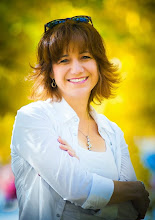 |
| Leyton Schnellert |
Summarizing his ideas and methods would rob some of them of the attention they deserve. I want to refer back to these ideas and will therefore break them into separate articles to make it easier to revisit them later.
I want to start with what he referred to as The Big Ideas. When dealing with courses such as Science and Social Studies, it is so easy to slip back into the textbook and let it guide me in what I choose to teach. I mean, most of these textbooks are designed with the provincial curriculum guides as the blueprint so why reinvent the wheel? As I listened to him talk about meeting our students where they are at and identifying their strengths and needs as learners, I can decide which skills to target in a purposefully methodical way. This will be discussed in a later article.
Getting back to the Big Ideas, this is where the light went on for me. I could easily picture the process he suggests.
- Working in collaboration with a colleague, take a look at all the general and specific outcomes for a specific unit of study. This is perfect for school who already engage in PLC (professional learning communities) groups.
- Separately, then together, decide which 3 or 4 BIG ideas need to be addressed. These should relate to both the learning outcomes identified in the curriculum AND the social issues or topics of interest that apply to the students.
- With the Big Ideas in mind, identify the skills that need to be built into the unit.
- Now that you know where you want to go, plan the road map you will follow in order to get there.
- Formative assessment will be a part of each of the pit stops along the way.
The Big Ideas become the questions we ask of the students. If I tell them what they will learn, there is no intention to learn. Inquiry questions help students think about the unit in a general way and develop the curiosity to want to know more. When they ask questions, they become engaged and take ownership of their learning. The student can take the wheel - and I become his or her navigator.

